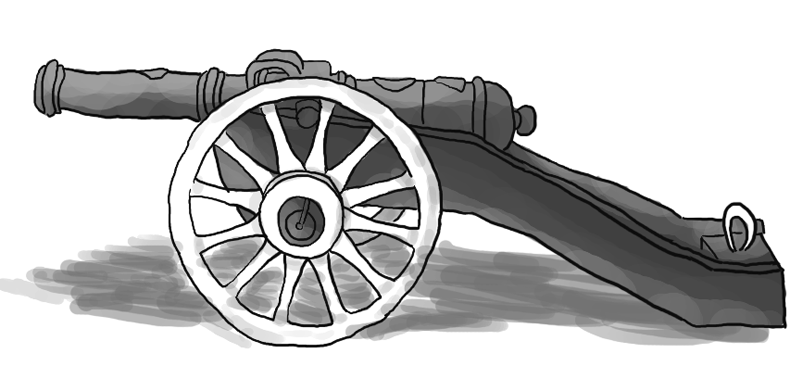The dreary midterms season may have dawned upon most College of William and Mary students, but Hannah Metheny ’13 arrived at Earl Gregg Swem Library excited to see the latest exhibits housed in Special Collections. A history major conducting honors thesis research on Civil War pension records, she immediately inspected the exhibit entitled “The Best Care: Civil War Hospitals.” The exhibit displays a plethora of primary source documents, including a Confederate surgeon’s manual opened to a page illustrating how to properly amputate an ankle. Metheny’s eyes, however, were drawn to the saw.
“The saw is morbid,” she said, considering its previous usage in surgical procedures.
This exhibit is one among many research ventures associated with “From Rights to Rights: The Long Road to a More Perfect Union,” a project sponsored by Special Collections to commemorate the sesquicentennial of the Civil War and the semicentennial of the Civil Rights movement. The project was first conceived in 2010 when Bea Hardy, then interim Dean of University Libraries, suggested that Swem follow Williamsburg’s chapter of the Virginia Sesquicentennial of the American Civil War Commission’s lead in researching this area of history. Hardy set up a task force of library researchers and faculty to design and implement new educational events.
After researching historical programs at other universities, the group came up with a way for Swem to have its own exhibition.
“We came across in the literature how, especially within professional organizations, they were not doing exhibits just about the Civil War — they were doing exhibits about bringing it up to the present for people,” Amy Schindler, University Archivist, said. “And so, part of what they were doing was making that connection between the Civil War and the Civil Rights movement and the present. That’s the present in the United States, but it could also become a global focus, too.”
Excited about this link between historical periods, Schindler, a self-described twentieth-century historian, and the rest of the task force decided on a multi-year project. Although they first envisioned a series of exhibits to rotate in the Marshall Gallery at Swem, they wanted to expand the project to include more outreach and speakers. Furthermore, they wanted to engage with the many primary source documents that are currently housed in Special Collections.
“One of the things we realized more and more with the nineteenth-century materials from the 1861 to 1865 period is it’s written by everyday people,” Schindler explained. “It’s not written by someone whose job was essentially to be a scribe, so they had perfect handwriting … So [the written accounts are] in really small journals and diaries and letters, so the handwriting is difficult to read. We decided to do a project to digitize everything in the collection from 1861 to 1865, whether it’s battlefield accounts or someone’s account ledger from a store.”
For the past 18 months, over 300 student, faculty and community volunteers have been transcribing materials to be posted on a public website. Among the first documents made available on the website was the diary of Asa John Wyatt, a Confederate officer in the 21st Virginia regiment. The diary details Wyatt’s participation in the Shenandoah Valley Campaign in 1862, as well as his bouts of typhoid fever and jaundice. Schindler hopes that this “transcription initiative” will lead to the digitization of all 5,000 to 7,000 documents dating to this period.
Similarly, the task force began to digitize honors theses, master’s theses and dissertations related to the Civil War and Civil Rights eras.
“We sent out 200 emails mostly and some letters [to alumni who partook in these theses], and we got a response rate back of over 50 percent,” Schindler said.
Combined with work on exhibits to be displayed in Special Collections, including those on the Battle of Williamsburg and Massive Resistance, the FFTR project has succeeded in bringing students and scholars together to commemorate these two divisive periods of history. Plans are already in the works to collaborate with the College’s “The American Civil War at Home” symposium by hosting events leading up to the April conference. Moreover, Schindler anticipates hosting a panel discussion of the surviving African American students from Robert Russa Moton High School, who on April 23, 1951, walked out of their school to protest their poor educational environment.
Ultimately, Schindler said she hopes the visitors’ engagement with this history will ultimately make the whole project worthwhile.
“I think there are people who dig history and they’re Civil War buffs or historical buffs, but I think what often really connects people to history who maybe don’t think of themselves as liking history is when you can make that personal connection for them,” Schindler said. “So in the case of this program it might be that here’s what people your age were doing during the war, or here’s what happened in your hometown, in Prince Edward County where you grew up: did you know that this was one of the Brown vs. Board cases? And so, making people aware of that and connecting them to that, I think that is really exciting.”

